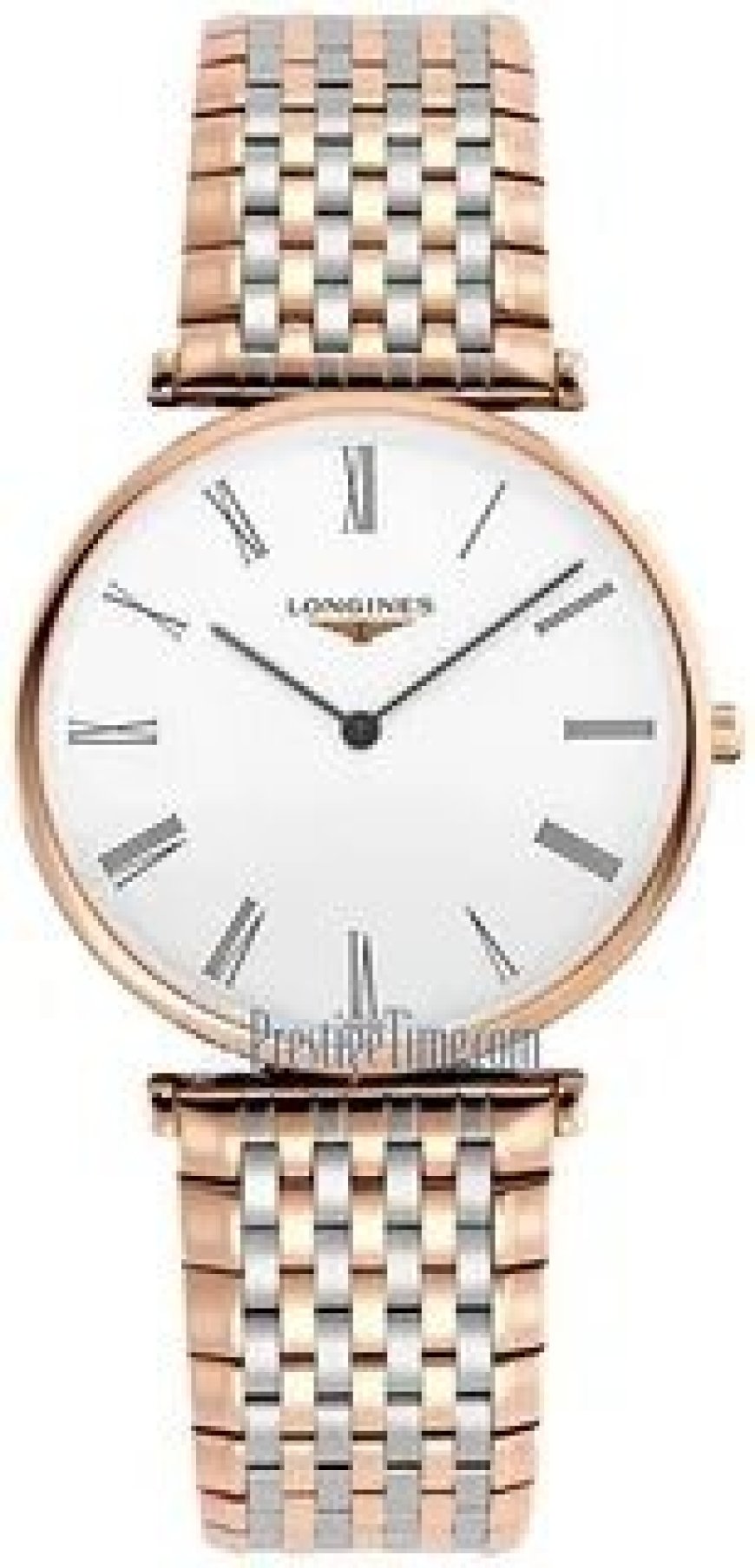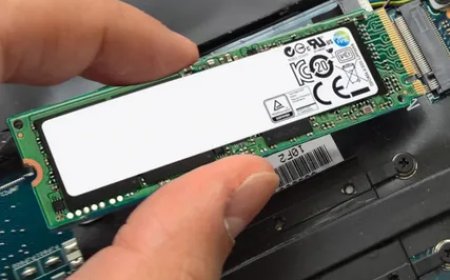Longines Watches: Understanding In-House Movements
Over time, the brand evolved from assembling movements sourced from other Swiss manufacturers to developing and producing its own, known as in-house or "manufacture" calibres.

When exploring the world of Swiss luxury timepieces, Longines watches stand out for their timeless elegance, rich history, and technical innovation. One of the brands most compelling features is its dedication to crafting in-house movementsa mark of prestige in the horology world. Understanding these intricate mechanisms can deepen your appreciation of the craftsmanship and precision that define Longines.
Longines, founded in 1832 in Saint-Imier, Switzerland, has been a pioneer in producing accurate and reliable timepieces. Over time, the brand evolved from assembling movements sourced from other Swiss manufacturers to developing and producing its own, known as in-house or "manufacture" calibres.
What Are In-House Movements and Why Do They Matter?
A Look Into the Heart of a Timepiece
A watch movement, often referred to as the calibre, is the engine that powers the watch. It controls the timekeeping functions and, in mechanical watches, consists of hundreds of minuscule components working in harmony. An in-house movement means the brand designs, engineers, and assembles this mechanism entirely within its own facilities, as opposed to purchasing movements from third-party manufacturers.
Why In-House Movements Elevate Longines Watches
Creating in-house movements allows Longines to control every aspect of the watch's performance and quality. Heres why its a significant advantage:
-
Enhanced precision and reliability
-
Superior finishing and decoration
-
Customized features unique to the brand
-
Long-term availability of spare parts
-
Better integration with case and dial designs
Milestones in Longines Journey with In-House Calibres
Longines has a long-standing legacy of innovation in movement production. Although the brand leaned on ETA movements (a sister company under Swatch Group), it has increasingly introduced exclusive in-house calibres designed for Longines only.
The V.H.P. (Very High Precision) Era
One of Longines most celebrated innovations is the V.H.P. movement, introduced in its Conquest line. This quartz movement offers unmatched precisionup to 5 seconds per yearand is resistant to shocks, magnetism, and temperature changes.
Mechanical Revival with the L888 Series
Longines L888.5 calibre is a perfect example of in-house collaboration and exclusivity. This automatic movement offers:
-
A 64-hour power reserve
-
Silicon balance spring for anti-magnetic properties
-
Enhanced chronometric performance
It's primarily found in models like the Longines HydroConquest, showcasing the brands push toward proprietary excellence.
How Longines Movements Compare with Other Swiss Brands
Many luxury brands rely on off-the-shelf movements or outsourced components. While this isnt necessarily negative, in-house movements suggest greater vertical integration and horological mastery. Heres how Longines competes:
-
Omega: Known for Co-Axial escapements, Omegas in-house tech is more advanced but also more expensive.
-
Tissot: While also under Swatch Group, Tissot mostly uses ETA movements without Longines-level exclusivity.
-
Tag Heuer: Offers in-house calibres but often blends with outsourced parts.
Compared to these, Longines watches strike a fine balance between innovation, affordability, and in-house precision, especially at their price point.
The Role of Silicon in Longines In-House Movements
Why Silicon Springs Matter
Silicon is non-magnetic, lightweight, and resistant to temperature fluctuations. These properties make it ideal for balance springsthe heartbeat of the movement. Longines has adopted silicon in its exclusive calibres to boost durability and performance.
Featured Models with Silicon Technology
-
Longines Master Collection L2.909.4 Houses the L888.5 movement
-
Longines Spirit Zulu Time Features a COSC-certified calibre with silicon tech
-
Longines Record Collection Includes several models with silicon balance springs
These watches demonstrate how Longines integrates modern science with classic design to enhance the movements lifespan and reliability.
Craftsmanship That Blends Tradition and Technology
Longines does not just rely on engineering. Each watch undergoes detailed assembly, decoration, and testing, all performed by skilled watchmakers. In-house movements receive meticulous finishingGeneva stripes, perlage, and engraved rotorsall of which contribute to both aesthetics and function.
While some brands outsource movement finishing, Longines watches uphold a consistent level of quality from the inside out.
Decoding the Model Numbers and Movements
Understanding Longines model numbers can give insights into the movements they house. Heres a quick reference guide:
|
Model Line |
Movement |
Power Reserve |
Notes |
|
Master Collection |
L888.5 |
64 hours |
Silicon balance spring |
|
HydroConquest |
L888.3 |
72 hours |
Anti-magnetic |
|
Spirit Zulu Time |
L844.4 |
72 hours |
COSC-certified GMT |
|
Conquest V.H.P |
V.H.P. Quartz |
5 sec/year |
Thermo-compensated quartz |
Such details make it easier for collectors and new buyers to choose a watch based on performance needs.
Is an In-House Longines Watch Right for You?
Ideal for Collectors and Watch Enthusiasts
If you appreciate craftsmanship, heritage, and technical innovation, Longines in-house models offer significant value. The blend of timeless design with advanced engineering makes them ideal for:
-
First-time luxury buyers
-
Watch collectors seeking heritage
-
Professionals needing reliable daily wear
-
Travelers looking for GMT functions
What You Get for the Price
Longines has positioned itself in a sweet spot. Youre getting semi-manufacture calibres (sometimes built with ETA collaboration) without paying Rolex or Omega-level prices. This balance makes Longines watches a smart choice for those who want premium features with accessible pricing.
Tips for Maintaining Your Longines In-House Movement
To keep your watch running smoothly:
-
Service regularly: Every 57 years
-
Avoid strong magnets: Despite anti-magnetic properties, caution helps
-
Store in a watch box: Reduces dust and movement
-
Wind manually if automatic: Keeps the lubricants evenly spread
-
Avoid sudden shocks: In-house movements have resistance but are still mechanical marvels
Following these tips ensures your Longines timepiece retains value and performs at its best for decades.
Final Thoughts on Longines In-House Engineering
Longines has done more than create beautiful watchesit has pushed the boundaries of whats possible at its price point. By blending traditional Swiss watchmaking with modern materials and semi-proprietary innovations, the brand has carved out a unique space in the horological world.
For anyone seeking a reliable, elegant, and technically sophisticated timepiece, Longines watches with in-house movements are worth serious consideration. Whether youre just starting your collection or looking to expand with something meaningful, Longines offers the rare opportunity to own a piece of Swiss excellence without breaking the bank.
































